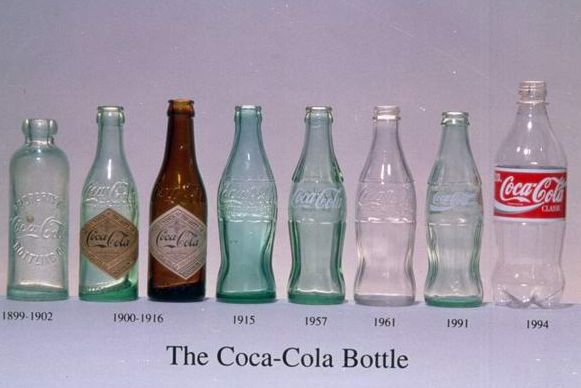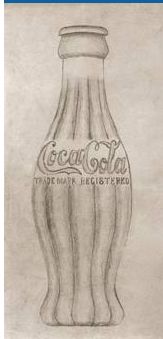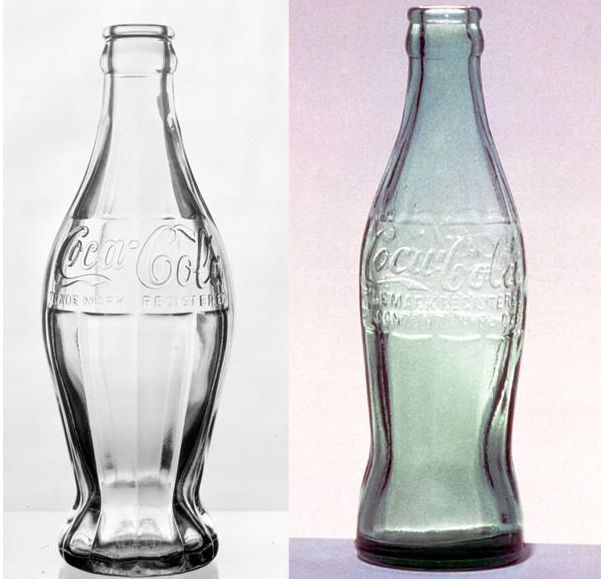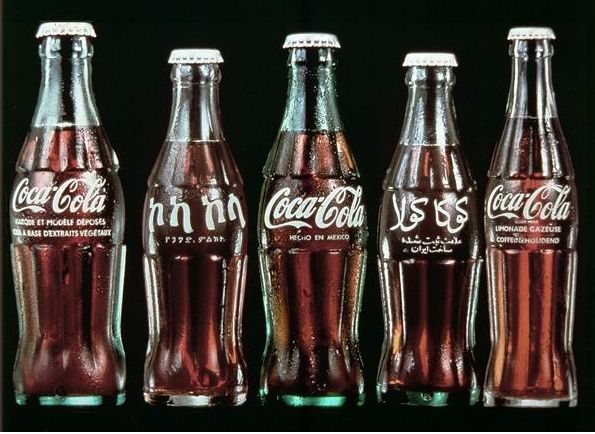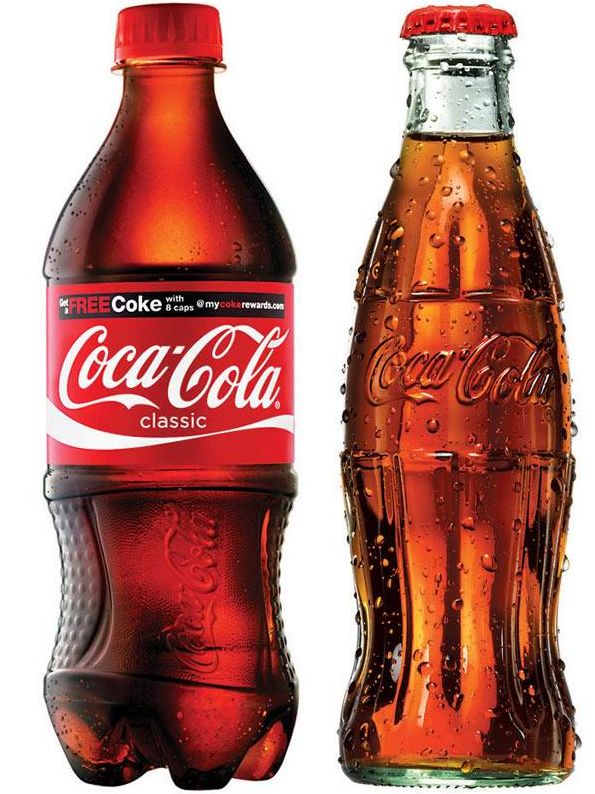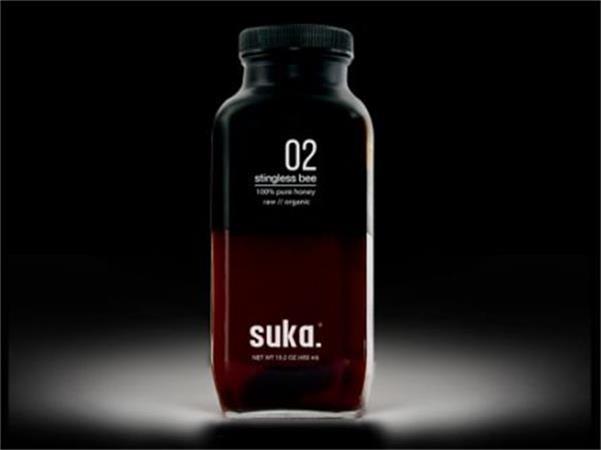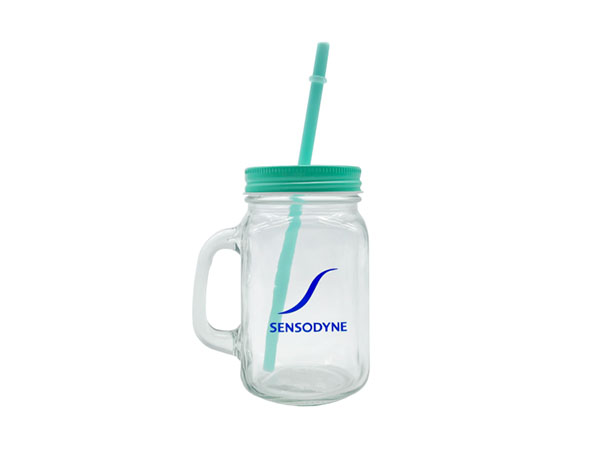Food is necessary for marching and fighting, but what should soldiers drink? Since the American army landed in Europe in 1942, the answer to this question has been obvious: drink Coca Cola in a bottle that everyone knows about, and which is concave and convex.
It is said that during World War II, the US military drank 5 billion bottles of Coca Cola. Coca Cola Beverage Company promised to transport Coca Cola to various war zones and fix the price at five cents per bottle. The American soldiers depicted in the war posters were smiling, ready to go, holding Coke bottles, and sharing Coke with the newly liberated Italian children. During this period, photographers sent back photos one after another to capture the moment when infantrymen, who had experienced many battles, drank coke when they entered the Rhine.The Second World War opened the world market for Coca Cola. In 1886, in Atlanta, Georgia, John Pemberton, a former Confederate army colonel, morphine addict and pharmacist, concocted Coca Cola. Today, in addition to the official Cuba and North Korea fresh, this drink is sold in other countries in the world. In 1985, Coca Cola went straight to the Milky Way: it boarded the space shuttle Challenger for drinking in the cabin.Although you can buy Coca Cola in various bottles and vending machines of different specifications today, the iconic image of this world-renowned and unparalleled carbonated drink remains unchanged. The concave and convex Coca Cola arc bottle is matched with the company's colorful 19th century fancy font trademark. Millions of people said that bottled Coca Cola was the best to drink. Whether there is scientific basis or not, the public knows their own preferences: the appearance of the curved bottle and the feel of lubrication.
According to the famous French American industrial designer Raymond Loewy, "Coca Cola bottles are masterpieces in both applied science and functional design. In short, I think Coca Cola bottles can be regarded as works of originality. The bottle design is logical, material saving and pleasant to look at. It is the most perfect" fluid packaging "at present, which is enough to rank among the classics in the history of packaging design." Loy likes to say that "sales is the goal of design" and "for me, the most beautiful curve is the upward sales curve" - while Coke bottle has a beautiful curve. As a design known to all people on earth, it is as popular as Coca Cola.
Interestingly, Coca Cola has been selling the sweet syrup containing cocaine that has applied for an exclusive patent for 25 years. However, since 1903, after the removal of cocaine, the "cold drink counter" on the counter top of the retailer's bar has mixed syrup and soda and bottled them for sale. At that time, Coca Cola beverage company had not designed its own "fluid packaging". During World War I, when the US military set out for Europe in 1917, counterfeit drinks were everywhere, including Cheracola, Dixie Cola, Cocanola, etc. Coca Cola needs to be "real" to establish its position as the industry leader and hegemony.In 1915, Harold Hirsch, the lawyer of Coca Cola Company, organized a design competition to find the ideal bottle type. He invited eight packaging companies to participate in the competition, and asked the participants to design "such a bottle shape: a person in the dark can identify it by touching with his hand; and it is very stylish, even if it is broken, people can know it is a Coke bottle at a glance."
The winner was Lute Glass Company located in Terre Haute, Indiana, whose winning work was created by Earl R. Dean. His design inspiration comes from the illustrations of cacao pod plants that he found while browsing an encyclopedia. Facts have proved that the Coke bottle designed by Dean is more concave and convex than the sexy actresses Mae West and Louise Brooks, and a little too plump: it will fall on the assembly line of the bottling factory. After the slender version in 1916, the curved bottle became the standard Coca Cola bottle four years later. By 1928, bottled sales exceeded those of beverage counters. It was this arc-shaped bottle that went to the battlefield in 1941 and conquered the world.In 1957, the cola arc bottle ushered in the only major turning point in the history of a century. At that time, Raymond Loy and his chief staff, John Ebstein, replaced the embossed logo on the Coca Cola bottle with bright white applied writing. Although the trademark retains the unique design style of Frank Mason Robinson in 1886, this makes the design of the bottle body keep pace with the times. Robinson was Colonel Panberton's bookkeeper. He is good at writing English in the "Spencer" font, which is a standard font for American business communications. It was invented by Platt Rogers Spencer in 1840, and the typewriter came out 25 years later. The name of Coca Cola was also coined by Robinson. His inspiration came from the coca leaf and cola fruit used by Panberton to extract caffeine and make "medically valuable" patented drinks.
The picture above is about the history of this classic bottle from Coca Cola. Some textbooks on the history of industrial design (probably older versions) have some minor mistakes (or vagueness), namely, they say that the classic glass bottle or Coca Cola logo is a Raymond Loewy design. In fact, this introduction is not very accurate. Coca Cola logo (including the name Coca Cola) was designed by Frank Mason Robinson in 1885. John Pemberton was the bookkeeper (John Pemberton was the earliest inventor of Coca Cola soda). Frank Mason Robinson used Spenserian, the most popular font among bookkeepers at that time. Later, he entered Coca Cola as a secretary and financial officer, responsible for early advertising. (See Wikipedia for details)
The Coca Cola classic glass bottle (contour bottle) was designed by Earl R. Dean in 1915. At that time, Coca Cola looked for a bottle that could distinguish other drink bottles, and it could be identified no matter day or night, even if it was broken. They held a competition for this purpose, with the participation of Root Glass (Earl R. Dean was the bottle designer and mold manager of Root), At first, they wanted to use the two ingredients of this drink, cocoa leaf and cola bean, but they didn't know what they looked like. Then they saw a picture of cocoa bean pods in Encyclopedia Britannica in the library and designed this classic bottle based on it.
At that time, their mold production machinery needed to be repaired immediately, so Earl R. Dean drew a sketch and made a mold within 24 hours, and trial produced some before the machine was shut down. It was selected in 1916 and entered the market that year, and became the standard bottle of Coca Cola Company in 1920.
The left side is also the original prototype of Root, but it has not been put into production, because it is unstable on the conveyor belt, and the right side is the classic glass bottle.
Wikipedia said that this story is recognized by some people, but many people think it is not credible. But the bottle design comes from Root Glass, which is introduced in the history of Coca Cola. While Lowe was in the French army until he returned to the United States in 1919. Later, he provided design services for Coca Cola, including bottle design, and designed the first canned iron can for Coca Cola in 1960. In 1955, Lowe redesigned the Coca Cola glass bottle. As can be seen from the top picture, the embossing on the bottle was removed and the white font was replaced.
Coca Cola has bottles in different countries and regions. Coca Cola Company has many products, and has different small adjustments, marks and bottles in different countries. There are also many collectors. The Coca Cola logo was streamlined in 2007.
The above figure shows the plastic bottle and glass bottle of Coca Cola classic. The Coca Cola plastic bottle (PET) was redesigned only last year, and it was launched this year to replace the plastic bottles of all Coca Cola brands. It has 5% less material than the original plastic bottle, which is easier to hold and open. Coca Cola plastic bottles are more like classic glass bottles, because people still love glass bottles.
Post time: Oct-26-2022 Other Blog

